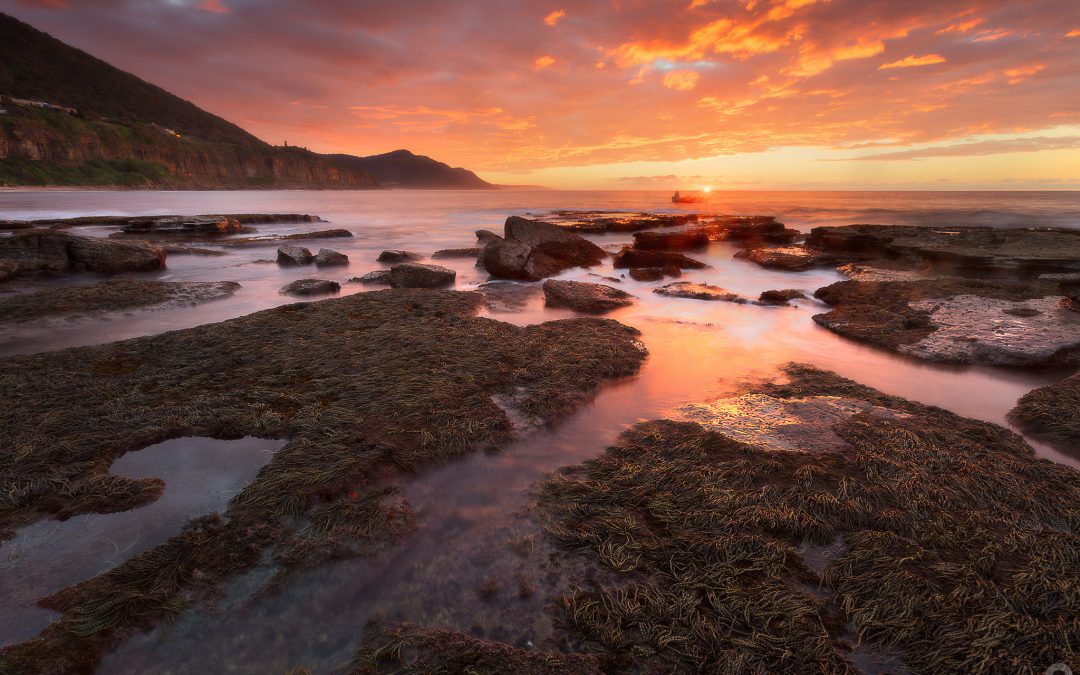When photographing in the golden hours, we have three main options for how we make a photo turn out:
Make it look how it looked.
Make it look how it felt.
Make it look like something else entirely.
And all 3 take work.
When photographing at sunrise and sunset, the light is so different to other times of day and colours aren't always what they seem.
For example, there's no such thing as a correct white balance, because if you “correct” the colours in the image you lose everything you gained by shooting in the warm golden light in the first place.
So even what seems like the simplest approach (making a photo look how the scene looked), can turn out to be a very tricky process.
Making a photo look like how it felt to you at the time is a great way to inject it with emotion, because you're concentrating more on the feels than the looks…
But that too requires some pre-planning and creative processing, which isn't always easy.
Making a scene look like something else entirely I usually reserve for those times when the weather didn't pan out as I wanted and the shots end up looking dull and lacklustre.
This approach is great for when I want to feel like I've come away with at least something from an otherwise unfruitful shoot.
In all cases, if you do all 4 of these things you'll set yourself up for success with any approach:
When shooting, be in the moment and soak in how the scene looks and feels to you. This way, you can call back on the memory and have a reference point for your editing later in PS.
Use whichever white balance makes the colours in the scene look as similar as possible when reviewing images on the back of your camera. This gives the best possible starting point for processing.
Decide right at the start whether you'll create an image that represents “reality”, one with a bit of creative license, or one with complete creative freedom. In other words, start with the end in mind.
Have the processing skills and techniques nailed down so you have the freedom to take your photos in any direction you choose.
Numbers 1 to 3 are tips to just try and remember next time you're out shooting.
Number 4 requires some practice though.
To learn the processing skills and techniques that give you the freedom to process your images in any way you want, click here now.
Talk soon
Steve


